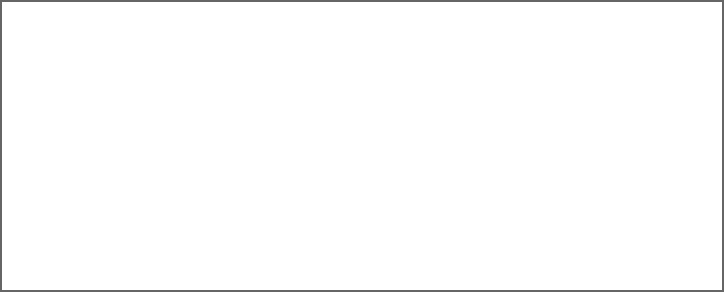
The exhibition at Gallery 56 was essentially a complex space construction. I built a new, slanted floor in the gallery that contradicted the familiar system of vertical-horizontal coordinates determined by gravitation thus forcing the viewers entering the space to walk on a floor inclined in two directions. At the same time, I hung the exhibited objects from the ceiling which placed them in the original, familiar space determined by gravitation together with the windows and doors which I did not cover up but incorporated in the construction of the new space. Some objects were placed on the ground since my purpose was not to separate the space of the viewer from that of the objects but to create the simultaneous presence of two, or possibly more spaces, dimensions, interpretations. The floor was built and finished in such a way that aside from the slanting it gave the impression of a real floor not a roughly constructed platform. In this space I exhibited a series of objects that I created from everyday kitchen utensils such as wooden chopping-boards and glass dishes. The eleven chopping-boards hanging from the ceiling had been carved to represent scenes of sexual intercourse. On most of them only a segment of the whole scene can be seen. I painted similar images on the glass dishes placed on the floor. The emotional content of these pieces is determined by traces of bloody violence of unknown origin, as well as by the personal and arbitrary character of everyday objects such as a watch, a shoe or a sock. The style of both the wood carvings and the glass paintings relate these objects to folk art, more specifically to the wood carvings and glass paintings of Hungarian peasants. Light has an important role in the unfolding of the space as the chopping-boards constantly move and thus, according to how the light falls on them, they alternate in revealing and concealing the scenes carved on them. My intention was to involve the dimension of time this way. Beyond its conceptual meaning the slanting floor is also meant to affect the viewers’ sense of equilibrium thereby forcing them to confront my installation on a more sensory/sensual level. |